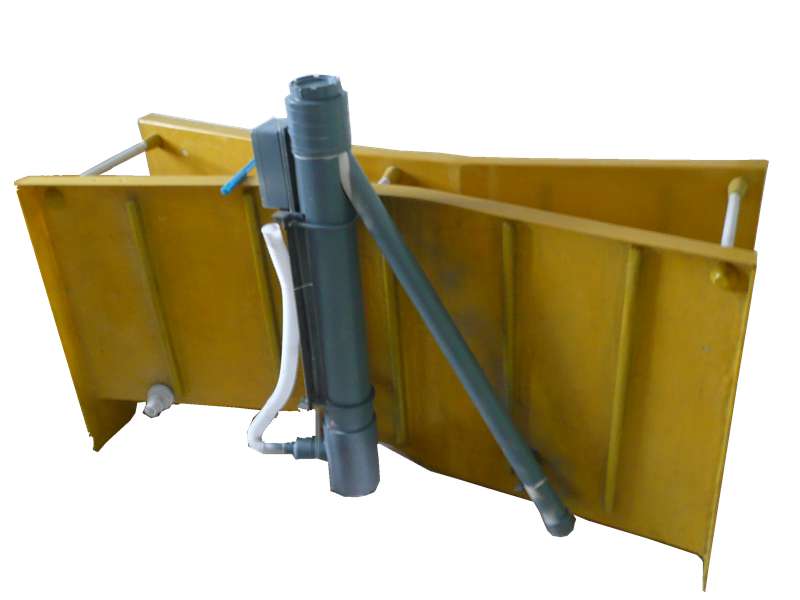
-
 Afrikaans
Afrikaans -
 Albanian
Albanian -
 Amharic
Amharic -
 Arabic
Arabic -
 Armenian
Armenian -
 Azerbaijani
Azerbaijani -
 Basque
Basque -
 Belarusian
Belarusian -
 Bengali
Bengali -
 Bosnian
Bosnian -
 Bulgarian
Bulgarian -
 Catalan
Catalan -
 Cebuano
Cebuano -
 China
China -
 China (Taiwan)
China (Taiwan) -
 Corsican
Corsican -
 Croatian
Croatian -
 Czech
Czech -
 Danish
Danish -
 Dutch
Dutch -
 English
English -
 Esperanto
Esperanto -
 Estonian
Estonian -
 Finnish
Finnish -
 French
French -
 Frisian
Frisian -
 Galician
Galician -
 Georgian
Georgian -
 German
German -
 Greek
Greek -
 Gujarati
Gujarati -
 Haitian Creole
Haitian Creole -
 hausa
hausa -
 hawaiian
hawaiian -
 Hebrew
Hebrew -
 Hindi
Hindi -
 Miao
Miao -
 Hungarian
Hungarian -
 Icelandic
Icelandic -
 igbo
igbo -
 Indonesian
Indonesian -
 irish
irish -
 Italian
Italian -
 Japanese
Japanese -
 Javanese
Javanese -
 Kannada
Kannada -
 kazakh
kazakh -
 Khmer
Khmer -
 Rwandese
Rwandese -
 Korean
Korean -
 Kurdish
Kurdish -
 Kyrgyz
Kyrgyz -
 Lao
Lao -
 Latin
Latin -
 Latvian
Latvian -
 Lithuanian
Lithuanian -
 Luxembourgish
Luxembourgish -
 Macedonian
Macedonian -
 Malgashi
Malgashi -
 Malay
Malay -
 Malayalam
Malayalam -
 Maltese
Maltese -
 Maori
Maori -
 Marathi
Marathi -
 Mongolian
Mongolian -
 Myanmar
Myanmar -
 Nepali
Nepali -
 Norwegian
Norwegian -
 Norwegian
Norwegian -
 Occitan
Occitan -
 Pashto
Pashto -
 Persian
Persian -
 Polish
Polish -
 Portuguese
Portuguese -
 Punjabi
Punjabi -
 Romanian
Romanian -
 Russian
Russian -
 Samoan
Samoan -
 Scottish Gaelic
Scottish Gaelic -
 Serbian
Serbian -
 Sesotho
Sesotho -
 Shona
Shona -
 Sindhi
Sindhi -
 Sinhala
Sinhala -
 Slovak
Slovak -
 Slovenian
Slovenian -
 Somali
Somali -
 Spanish
Spanish -
 Sundanese
Sundanese -
 Swahili
Swahili -
 Swedish
Swedish -
 Tagalog
Tagalog -
 Tajik
Tajik -
 Tamil
Tamil -
 Tatar
Tatar -
 Telugu
Telugu -
 Thai
Thai -
 Turkish
Turkish -
 Turkmen
Turkmen -
 Ukrainian
Ukrainian -
 Urdu
Urdu -
 Uighur
Uighur -
 Uzbek
Uzbek -
 Vietnamese
Vietnamese -
 Welsh
Welsh -
 Bantu
Bantu -
 Yiddish
Yiddish -
 Yoruba
Yoruba -
 Zulu
Zulu
grp products for steel smelting plant
The Role of GRP Products in Steel Smelting Plants
In the realm of industrial manufacturing, steel smelting stands out as a critical process that transforms raw materials into one of the most vital metals used in various sectors. The efficiency and sustainability of these processes are increasingly reliant on advanced materials, among which Glass Reinforced Plastic (GRP) has emerged as a significant contributor. GRP products possess unique properties that make them particularly suited for applications within steel smelting plants.
The Role of GRP Products in Steel Smelting Plants
Moreover, GRP products boast exceptional corrosion resistance. The steel smelting process incorporates various chemicals and agents, many of which are highly corrosive. Corrosion can lead to significant maintenance costs and downtime, as well as safety risks for workers. GRP’s inherent resistance to oxidation and chemical attack makes it a favorable alternative for lining storage tanks, piping systems, and other infrastructures that encounter aggressive environments. This durability not only prolongs the lifespan of equipment but also reduces the frequency of repairs and replacements, contributing to overall operational efficiency.
grp products for steel smelting plant

In addition to their mechanical advantages, GRP products offer significant weight savings compared to traditional materials. The lightweight nature of GRP simplifies handling and installation, reducing the burden on equipment and labor. This is particularly beneficial in large-scale steel smelting operations where minimizing downtime and streamlining workflows are critical for maintaining productivity. The ease of transportation and installation translates into quicker project timelines, enabling steel smelting plants to respond flexibly to market demands.
Another key benefit of utilizing GRP in steel smelting is its design flexibility. GRP can be molded into various shapes and sizes, allowing for customized solutions tailored to specific operational needs. Whether it’s custom-made enclosures, ventilation systems, or specialized containers, GRP can accommodate various design requirements without compromising performance. This adaptability is crucial in an industry where specifications can often vary based on unique processing methods or changes in production scales.
Furthermore, as industries globally strive for sustainability, GRP materials present a more eco-friendly option. The production of GRP consumes less energy compared to traditional steel and metal counterparts, and its longevity contributes to waste reduction. By integrating GRP products into their operations, steel smelting plants not only enhance their efficiency but also align with broader environmental objectives.
In conclusion, the adoption of GRP products within steel smelting plants underscores a significant shift towards more efficient, durable, and sustainable manufacturing practices. From their high-temperature resistance and corrosion durability to their lightweight nature and design versatility, GRP materials present advantages that make them invaluable in this demanding industrial sector. As steel smelting continues to evolve, so too will the reliance on innovative materials like GRP, paving the way for more streamlined and environmentally responsible steel production.
Latest news
-
Exploring the Benefits of Top Hammer Drifter Rods for Enhanced Drilling PerformanceNewsJun.10,2025
-
High-Precision Fiberglass Winding Machine for GRP/FRP Pipe Production – Reliable & Efficient SolutionsNewsJun.10,2025
-
FRP Pipes & Fittings for Shipbuilding - Corrosion-Resistant & LightweightNewsJun.09,2025
-
Premium FRP Flooring Solutions Durable & Slip-ResistantNewsJun.09,2025
-
Premium Fiberglass Rectangular Tanks Durable & Lightweight SolutionNewsJun.09,2025
-
Tapered Drill String Design Guide Durable Performance & UsesNewsJun.09,2025









